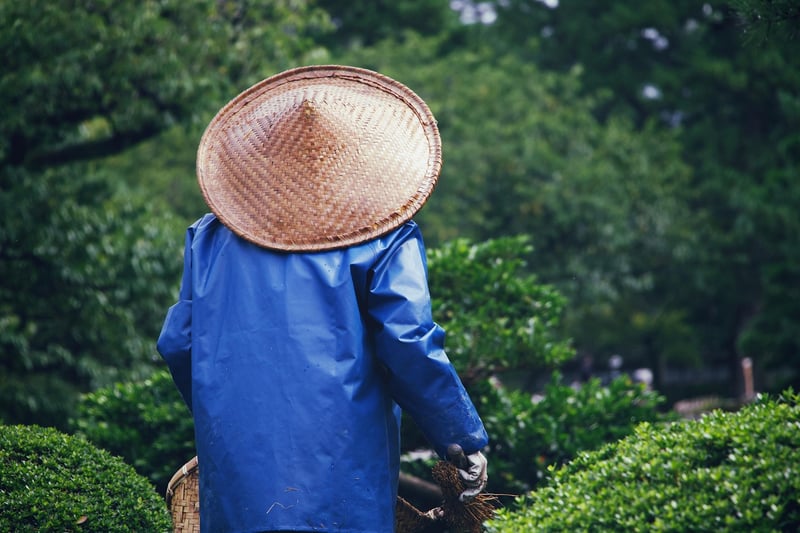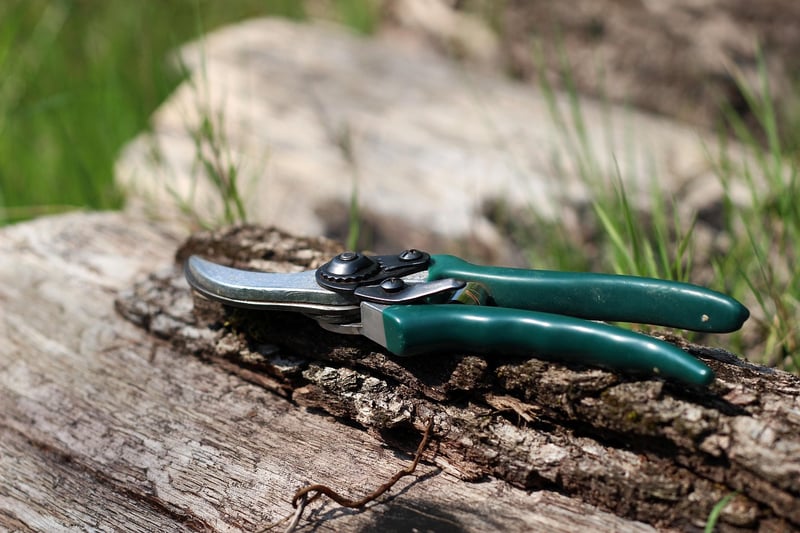Pruning Techniques
#Indoor Plants
#Gardening Tips
#Plant Health
Guidance on Nurturing Plants and Pruning Techniques
Nurturing Plants
Properly nurturing your plants is essential for their growth and health. Here are some tips to help you care for your plants:
- Watering: Ensure your plants receive the right amount of water based on their specific needs. Overwatering can lead to root rot, while underwatering can cause wilting.
- Light: Place your plants in an area that receives adequate sunlight based on their light requirements. Insufficient light can cause leggy growth.
- Fertilizing: Feed your plants with appropriate fertilizers to provide them with essential nutrients for healthy growth.
- Pruning: Regularly trim dead or overgrown parts of your plants to promote new growth and maintain their shape.
- Pest Control: Keep an eye out for pests and treat them promptly to prevent damage to your plants.
Pruning Techniques
Pruning is a crucial practice that helps maintain the health and appearance of your plants. Here are some pruning techniques to follow:
- Deadheading: Remove spent flowers to encourage the plant to produce more blooms.
- Thinning: Eliminate excess branches to improve air circulation and light penetration within the plant.
- Heading Back: Cut back the tips of branches to promote bushier growth and maintain the plant's shape.
- Crown Pruning: Remove upper branches to open up the plant's canopy and encourage lower growth.
- Rejuvenation Pruning: Drastically prune overgrown plants to stimulate new growth and improve overall health.
Remember to use clean, sharp tools when pruning to make clean cuts and reduce the risk of disease transmission. Always research the specific pruning needs of each plant species to ensure you are pruning correctly.

By following these nurturing and pruning techniques, you can help your plants thrive and enhance the beauty of your garden or indoor space. Happy gardening!
